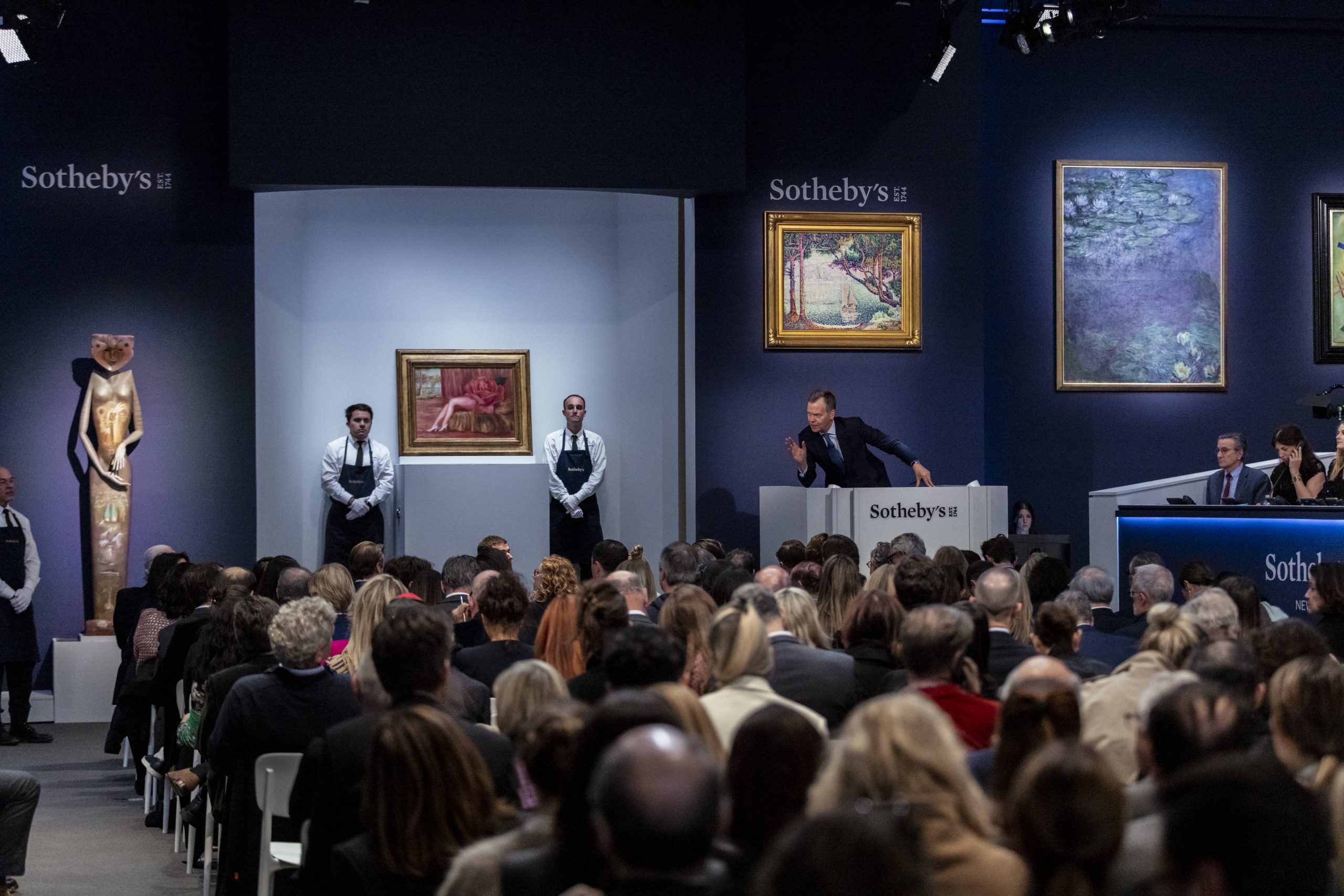The filmmaker Justin Simien was researching the Haunted Mansion long before he realized it. As a boy, he was a big fan of the Disney attraction. “I literally remember riding this ride over and over again and thinking, ‘God, how do they do this?’” he said. In film school, he realized, “This is all cinema. It was production design — smoke and mirrors and lighting and music and sound.”
Now he is the director of the movie version of “Haunted Mansion,” which turns the enduring ride into a family-friendly mystery with an unexpected cast, including LaKeith Stanfield, Owen Wilson, Rosario Dawson, Tiffany Haddish, Danny DeVito and Jamie Lee Curtis. “I was a little nervous about working with big stars because you don’t really get to meet them before you agree to them,” he said. But it turned into a rollicking ensemble. “There were so many buddy comedy mash-ups,” he said. “I need to see LaKeith and Danny DeVito going on a couple road trips.”
Simien parlayed his first feature, the Sundance hit “Dear White People” (2014), a satirical campus comedy about race, into a Netflix series, and went on to direct the campy horror flick “Bad Hair” (2020). Still, he was perhaps an unorthodox choice for a Disney film. But beyond his affinity for Disneyland, where he worked as a college student, he had a personal connection to the script, written by Katie Dippold (the 2016 “Ghostbusters”), as a genial comedy with a subcurrent of familial grief. “My dad died when I was 6,” Simien, 40, said. “And I started to just consciously be aware of how much that sort of longing for a father figure was playing in my work.”
He spoke by phone from London, where he was alone on a promotional tour; his cast could not participate because of the Hollywood strike. That lack of star power in the campaign is one reason it hasn’t caught fire at the box office, analysts say. Still, as a member of the Writers Guild, he was also itching to get back to the picket line. “A lot of us that were siloed before, just too busy to meet each other, are now having really robust conversations,” he said, not just about labor issues, but also about the whole entertainment framework. “Particularly around storytellers of difference and the ways in which we’re brought into the business to kind of prop up these industries. But then our stories are so compromised on the other side. Why is that? And how do we get around that?”
These are excerpts from our conversation.
What did you like about the ride?
My mother took me to Disney World when I was a kid, and it was the first thing we rode. I remember being sophisticated enough to understand that it was a trick — that I wasn’t really being followed around by a hitchhiking ghost. But I was not sure how the trick was played. It felt to me that there was a physicality and a realness to this world, even though it was fantastical. That left a mark on me as a kid.
When we started to make the movie, we did a walk-through where they turn all the lights on and you get to see everything and ask a lot of questions. So much impacts your experience of the ride that you cannot possibly notice as you’re whizzing by.
There was something a little naughty about it — just a little more subversive than you imagine. And walking through with a light on, you realize just how intentional that is. The ghosts in the graveyard are drinking.
How did you decide on LaKeith as the hero?
New Orleans [where the ride and movie are set] is a Black city. And you don’t get jazz music and the wonderful foods and flavors and fashions of New Orleans without understanding its place in Black history. There was no way I could do this movie without a Black lead. It just wasn’t a movie I was interested in making any other way.
LaKeith already existed in horror social commentary worlds like “Get Out,” but he also can exist in absurdist comedy like “Atlanta.” He had leading male quality all over him. But it was going to take a role for the rest of the town to really get that.
It was also an opportunity to show audiences a man feeling his feelings as the crux upon which a giant movie was formed. That is so rare. And it’s even more rare to see that be a Black man and to see that Black man go on to be a father figure to a Black kid. So he understood what was actually radical about this, inside of what otherwise might feel kind of safe.
Did it help you to make this movie?
I found some ways forward. It was a tough time for me. We were in Covid and on the other side of the so-called racial reckoning, that I knew was BS from the minute it started. As a filmmaker, I knew that I wanted to keep making things, but I wasn’t sure how, because it just hurt so bad. Everything I made was such a painful experience in some way; I couldn’t help but notice that I was having a different experience than some of my peers and found myself in very similar cross hairs that I do today — at the intersection of race and sexuality and politics, none of which you’re supposed to talk about when you’re promoting or trying to pitch something. [Simien is married to Rick Proctor, a photographer.] And I wasn’t quite sure how to be a man in the world because I never really had that sort of mentorship from a father figure. It was great catharsis to put that into a project.
You chose to use mostly practical effects, instead of C.G.I. Why was that?
That ride is using effects that have been around since the dawn of cinema. It was so great to have physical ghosts on set. And yes, it was a hassle dragging Tiffany Haddish and Danny DeVito 20 miles an hour out of the house with a line of guys holding a rope. But it was so effective in terms of the performance we got.
You mean they were actually scared?
Yeah, of course!
How are you feeling, doing the promotional blitz alone?
I felt pulled at the seams. The DGA [Directors Guild of America] has a deal — it’s very clear what my mandate is right now. But it’s hard being inside the machine that you’re also sort of fighting to destroy.
I don’t think people really understand how tenuous a career in Hollywood is and just how many jobs you have to work. Partly because you’ve got to constantly project success, so it seems so surprising to people. You look at the money a show generates for a network and what people have traditionally made — that was not the case for me. I couldn’t even buy a house in L.A. when I completed [the Netflix series, which ran for four seasons]. It took stringing together multiple jobs, some of which never work out. It is a really, really tough business. And I think if you’re part of any community of difference — if you’re Black or a woman or gay or any of those things — it just compounds. You’re the first to go. You’re already the lowest paid, the most taken advantage of. When this stuff happens, it hits us just a little bit harder.
I know enough of us are angry and committed to what we do, that something positive will come from this. I don’t know what it looks like yet. But I feel something coming.










